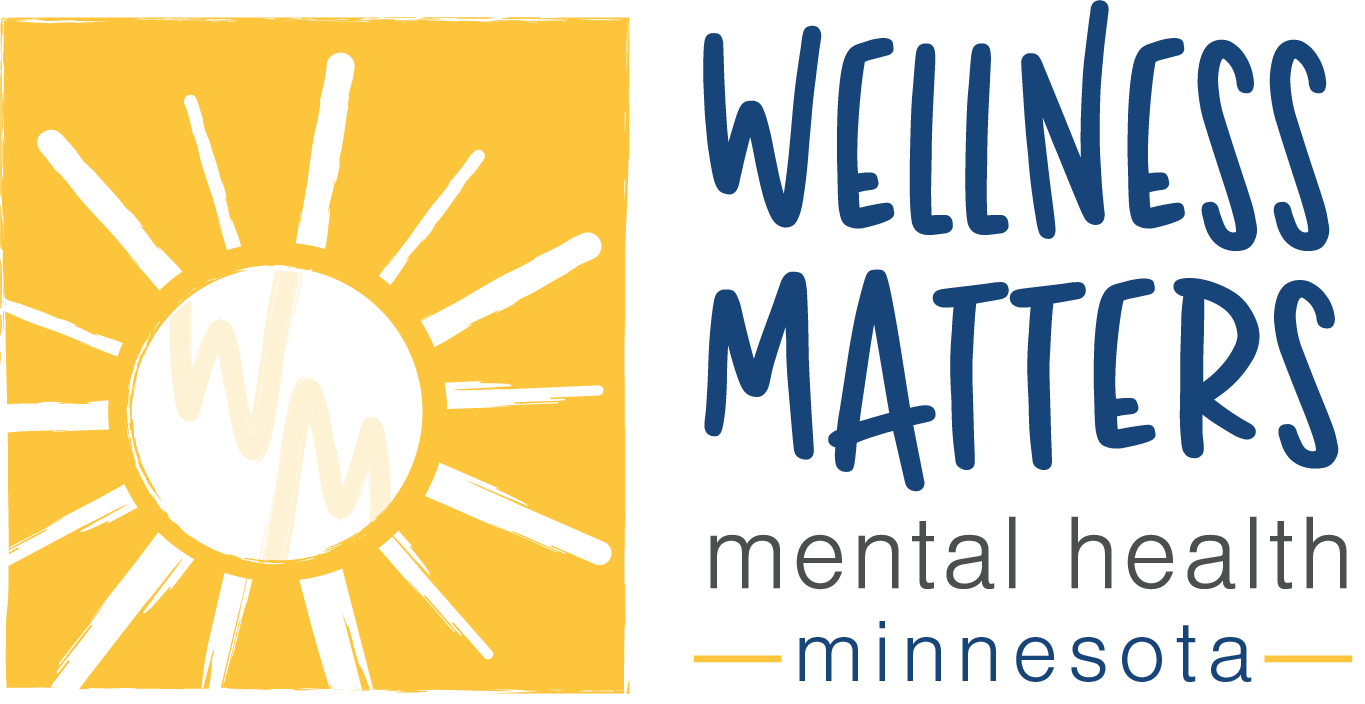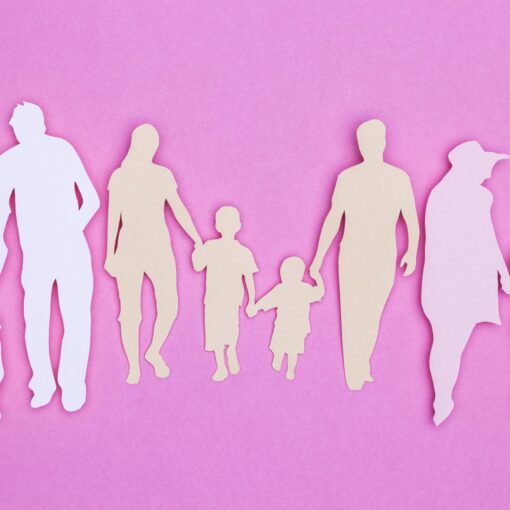Dissecting the Roots of Anxiety
Most people have a basic understanding of what anxiety is. You might even know some of the common symptoms. As the number one mental health condition across the globe, anxiety gets talked about a lot. However, it doesn’t get dissected as often as it should. What’s the problem with that? It can lead to misinformation, stereotypes, and stigmas.
With that in mind, let’s take a closer look at the roots of anxiety. Whether you deal with it yourself or know someone who does (chances are you do!), understanding where anxiety comes from and what it is can make it easier to manage.

Anxiety Is More Than Fear
It’s not uncommon for people to assume that anxiety and fear are the same things. While anxiety can be triggered by fear (especially fear of the unknown), it’s important to understand the difference. When your brain experiences fear, it triggers your body to respond in certain ways. You’ve undoubtedly heard of “fight or flight” responses. The issue with anxiety is that it stops those impulses.
Anxiety is a reaction to your emotions, not your environment. For example, being a little scared is normal and common when you’re on a large rollercoaster. That’s a response to your environment. On the other hand, anxiety causes you to fear the emotions and thoughts you’re creating. You might start thinking about everything that could go wrong on the ride or even coming up with something that isn’t likely to happen, like falling out of your seat. The fight-or-flight response to fear causes movement. Anxiety keeps you in one place and makes things feel worse than they usually are.
How Thoughts Control Anxiety
So, what is anxiety? It’s driven by your own thoughts. That’s why it can be so frustrating when someone without anxiety tells someone struggling with it to “stop worrying.” That’s easier said than done, considering the things you’re worrying about aren’t based on your surroundings or situation.
No one is able to control the thoughts and emotions that come into their minds. Even the most tranquil, stress-free people on the planet have anxious thoughts from time to time. However, what you do with those thoughts makes a difference. Anxious individuals tend to let those thoughts grow and fester into something they can no longer control.
Where Does Anxiety Come From?
There is no one root cause of anxiety. For some people, it’s something that stems from childhood. Stressful events during your formative years can change the way you respond to fear, leading to a greater susceptibility to anxious thoughts. If you have a family history of anxiety or other mental health conditions, you might also be prone to it. Everything from your environment to the amount of stress you’re under can contribute to anxiety. It affects everyone differently, and people deal with different triggers.
How To Manage Anxiety Through Understanding
While it’s interesting and informative to get a better understanding of the roots of anxiety, that’s not necessarily what’s important. What’s essential is to understand where your anxiety comes from. If you’re struggling with it, getting to the root of your personal anxious thoughts should be the first step toward managing them. When you start to understand where your anxiety stems from, you’ll be able to work from that root to overcome it. Thankfully, you don’t have to do that alone.

Carolyn is a therapist at Wellness Matters! See the About Us tab at WellnessMattersHealth.com to see more information about her and other therapists at Wellness Matters who help with anxiety.
If you’re unsure where your anxiety comes from or even when it started, don’t hesitate to reach out for help. Wellness Matters has therapists who are highly trained and experienced in working with people who experience anxiety. Feel free to contact Wellness Matters to set up an appointment. You can connect with the Wellness Matters Intake Coordinator by texting or calling 218-616-1276.
At Wellness Matters, the intake process is all on-line and can be done in less than fifteen minutes. On-line appointments make it possible to attend appointments from the comfort from your home or office. In-person services may also be available for people living in northern MN.




